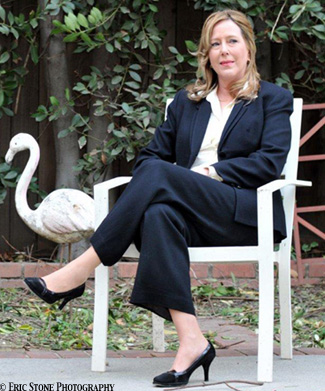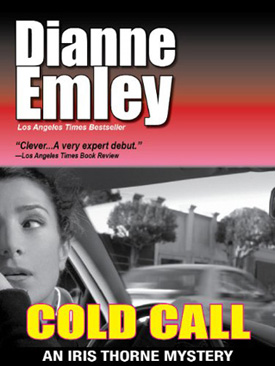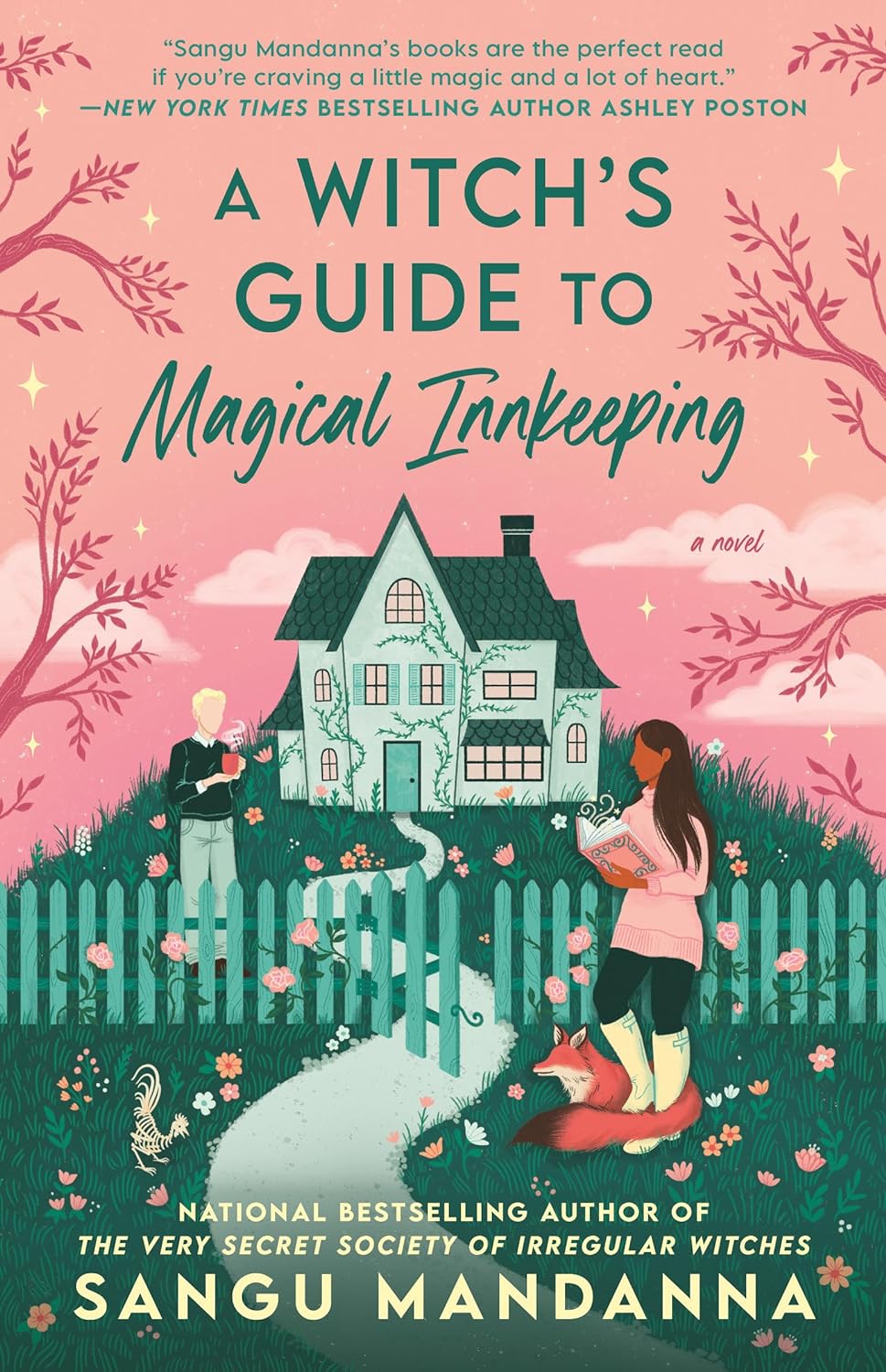 Thank you, Elizabeth, for allowing me to share your blog today. Thank you also for your terrific review on this space yesterday of Cold Call, my debut novel that was published in 1993. Cold Call was the first of five books in my mystery series featuring Iris Thorne–a savvy, sexy, and sassy investment counselor who prowled the streets of Los Angeles in her red Triumph sports car in the “greed is good” late 1980s and early 1990s.
Thank you, Elizabeth, for allowing me to share your blog today. Thank you also for your terrific review on this space yesterday of Cold Call, my debut novel that was published in 1993. Cold Call was the first of five books in my mystery series featuring Iris Thorne–a savvy, sexy, and sassy investment counselor who prowled the streets of Los Angeles in her red Triumph sports car in the “greed is good” late 1980s and early 1990s.
The Iris Thorne mysteries, long out-of-print, are being reissued as e-books and trade paperbacks. Cold Call and the series second, Slow Squeeze, are out now. The remaining three—Fast Friends, Foolproof, and Pushover—will be out in 2012.
Cold Call holds a place in my heart as not just my first published novel, but it was also the first novel I’d ever written. While toiling in business middle management, I harbored a faint yet persistent dream to be a novelist. I wrote Cold Call over three years, writing from 4:30 to 6:30 on weekday mornings before I went to my day job and on weekends. When the book was sold at auction to Pocket Books/Simon and Schuster, it was more than a dream come true. I was overwhelmed—so overwhelmed that I was sick for two days. My editor’s comment was, “I hate to see what’ll happen to you if you hit the New York Times bestseller list.”
Before republishing the Iris Thorne books, I decided to first reread them. After all, I hadn’t looked at them for fifteen to twenty years. People often ask me if I read my own books. Nope. I don’t. Honestly, once the book is published, I don’t know an author who does. Of course, rereading the Thorne books inevitably led to some “gentle” editing. The passage of time let me see the books with fresh eyes and I learned some interesting things.
Like most first-time novelists, my first book was a smidgen autobiographical, yet I denied that Iris was me. I acknowledged that we shared certain traits. We were both thirty-something women, freshly minted MBAs making our way in the then male-dominated business world. We were both single, blonde, clothes horses with active social lives. Oh, and we both drove a 1972 Triumph TR6. Still, I insisted, “Iris is not me.” Rereading the books through the lens of time, I have to admit that, yeah, she was me–but more of a superhero version of me. She had a better job, made a lot more money, lived in a hipper apartment, was bolder (I had an embarrassing tendency to blush), savvier, and always had great comeback lines. If only real-life dialogue could be edited to perfection.
It was interesting to encounter this doppelganger of my younger self. Was I really such a slave to fashion? Did I really have my thumb so acutely on the pulse of trends? Did my social life really consume so much of my time and energy? Some of Iris’s materialism stems from the go-go era she inhabited, but it’s also a generational thing. She was young, single, carefree, and enjoying her life in what was a more innocent time. Good for you, Iris.
Another realization was the looming tsunami of high technology that was about to wash over us. In Cold Call, the brokers in Iris’s firm use phones with cords. Few people had “car phones.” Iris’s computer monitor has a blinking green cursor. Her phone message machine at home has a tape. When I first started editing the books, I thought I’d update these technological references. But the books are so of their era, I left those as is. Except for…
 Political incorrectness. There were language and situations in those books that could have come out of “Mad Men.” Did I “cleanse” it to today’s standards? No, I did not. However, I did smooth out a few things that rankled my enlightened sensibilities. For example, in Cold Call, the original first sentence began: “The cripple walked down the street…” In 1992, my first editor (who would become my longtime editor and friend), advised me to remove “cripple.” I refused. “That’s what that character would call himself,” I protested. Reading it anew, the word sounded harsh. Was harsh. It was coming from the omniscient narrator, who is me. I changed that first line to “Alley Munoz walked down the street…” and let the reader see his handicap rather than be told about it. I changed other references to “cripple,” unless it came out of the mouths of those among Iris’s crass coworkers who would indulge in slurs of all types.
Political incorrectness. There were language and situations in those books that could have come out of “Mad Men.” Did I “cleanse” it to today’s standards? No, I did not. However, I did smooth out a few things that rankled my enlightened sensibilities. For example, in Cold Call, the original first sentence began: “The cripple walked down the street…” In 1992, my first editor (who would become my longtime editor and friend), advised me to remove “cripple.” I refused. “That’s what that character would call himself,” I protested. Reading it anew, the word sounded harsh. Was harsh. It was coming from the omniscient narrator, who is me. I changed that first line to “Alley Munoz walked down the street…” and let the reader see his handicap rather than be told about it. I changed other references to “cripple,” unless it came out of the mouths of those among Iris’s crass coworkers who would indulge in slurs of all types.
During my light editing, I smoothed out other language and sentence structure, but did nothing else, honoring the books as they were. While I’m a more skilled writer now, I came to realize that back then, I was a more fearless writer. Now that I make my living as a writer, I’m always reaching higher while also striving to be innovative and fresh, yet I’m ever mindful of the readers’ (and the market’s) expectations. I didn’t have those constraints when Iris first hit the L.A. freeways in her sports car. In the UCLA Extension fiction writing class where I started Cold Call, the instructor (who would become my mentor) spoke of “the reader.” I remember thinking, “Wow. People I don’t know will read this?” I now realize that I can learn a few things from that debut novelist I once was.
Before I revisited the Iris Thorne books, I mostly recalled the wheels churning behind their amateur sleuth plots. While those books are far from cozy, I wanted to go darker. This drove me to write about a real-life sleuth—Detective Nan Vining—who inhabits a dark world indeed. Reading the Iris Thorne novels with fresh eyes let me appreciate how fun they are. How fun Iris is. They are great books. I’m delighted to introduce them to new fans and enjoy them again with Iris’s original fans.






Happy New Year and New Website! | Dianne Emley
December 13, 2012 - 1:19 PM